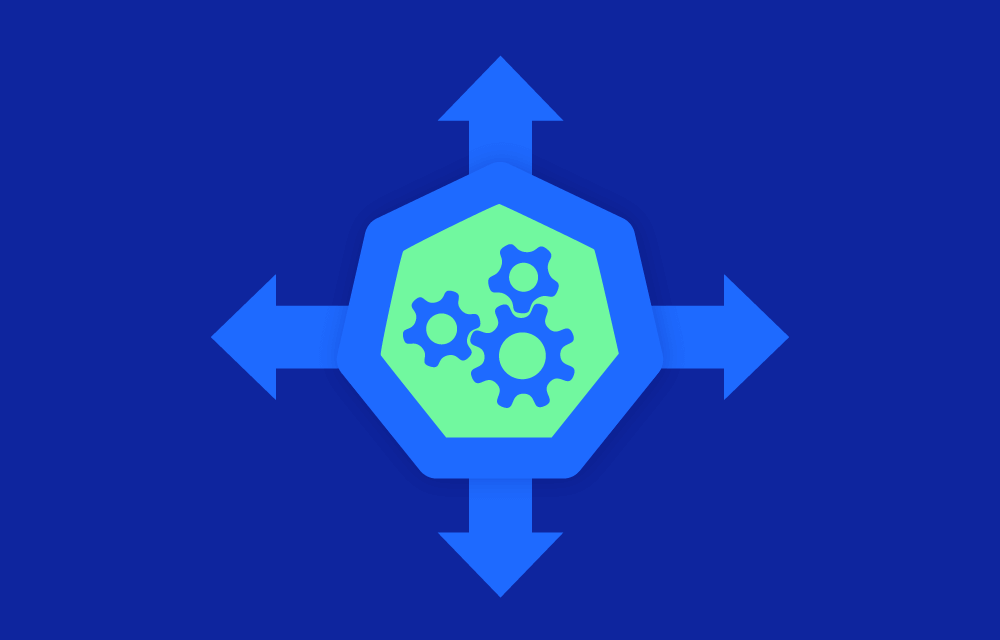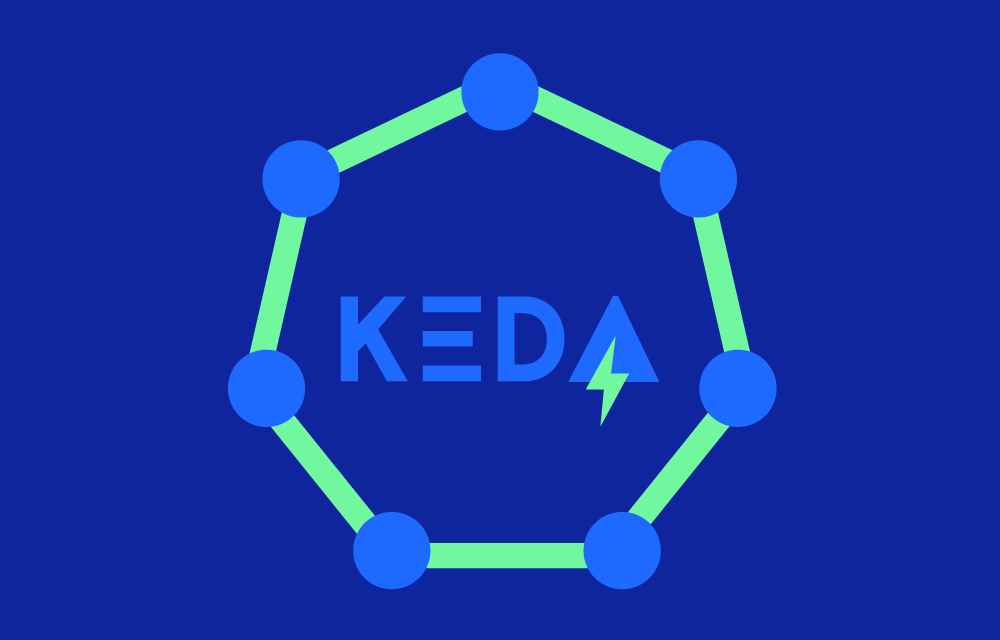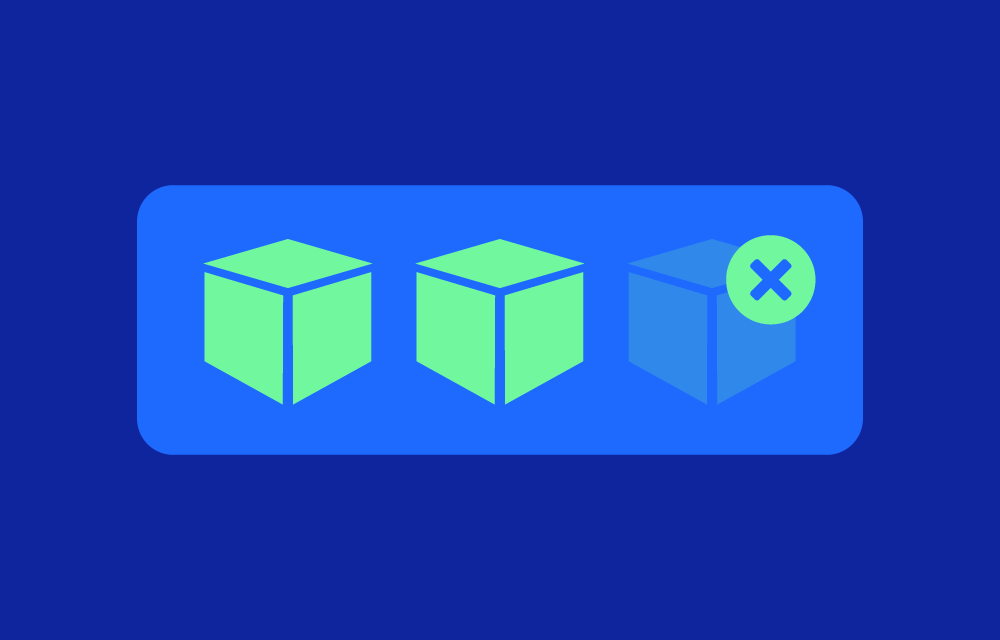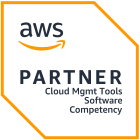A robust cluster management solution should offer capabilities like multi-cluster support, advanced monitoring, simplified upgrades, role-based access control (RBAC), and seamless integration with CI/CD pipelines. In this review, we explore five leading Kubernetes cluster management tools in the market, comparing their strengths, weaknesses, and unique features to help you identify the best fit for your Kubernetes environment.
What is Kubernetes Cluster Management?
Kubernetes Cluster Management is the process of overseeing the lifecycle of Kubernetes clusters, from deployment to maintenance and scaling. A typical Kubernetes cluster consists of a control plane and worker nodes:
- Control Plane – Manages the state of the cluster, including API server, scheduler, controller manager, and etcd (distributed key-value store for configuration data).
- Worker Nodes – Run the containerized applications and report status back to the control plane.
The core responsibilities of cluster management include:
- Node Management: Adding, removing, and configuring nodes in a cluster. For example, manually adding a worker node involves provisioning the machine, installing Kubernetes, and joining it to the cluster.
- Scaling Applications: Adjusting the number of pods based on demand. This can be done manually using
kubectl scale deployment <deployment-name> --replicas=<number>, or automatically through the Horizontal Pod Autoscaler (HPA). - Monitoring and Logging: Ensuring applications and infrastructure are healthy. Tools like Prometheus and Grafana are commonly used for monitoring CPU, memory, and network usage.
- Networking and Service Discovery: Managing internal communication between pods and exposing services to external networks. Manually, this involves creating Kubernetes Services with YAML configurations:
apiVersion: v1
kind: Service
metadata:
name: my-service
spec:
selector:
app: my-app
ports:
- protocol: TCP
port: 80
targetPort: 8080
- Upgrades and Rollbacks: Ensuring smooth updates to applications and Kubernetes versions. Rolling updates can be done with:
kubectl set image deployment/my-deployment my-container=my-image:v2
Security and Access Control: Managing RBAC (Role-Based Access Control) and networking policies to secure cluster interactions.
Key Parameters for evaluating cluster management tools
When evaluating Kubernetes cluster management tools, the following parameters are crucial:
- Multicloud – How well the tool handles scaling across multiple clusters and different cloud providers.
- Cost Efficiency – The ability to optimize resource usage and minimize cloud spending.
- Automation Capabilities – Support for automated deployments, scaling, and failover processes.
- Multi-Cluster Management – Ease of managing multiple clusters from a single interface.
- Integration Support – Compatibility with CI/CD pipelines, monitoring tools, and third-party services.
- Security and Compliance – Built-in security features like RBAC, network policies, and vulnerability scanning.
- Ease of Use – User-friendliness, documentation quality, and learning curve.
Comparison Table
| Tool | Scalability | Cost Efficiency | Automation | Multi-Cluster | Integration | Security & Compliance | Ease of Use |
|---|---|---|---|---|---|---|---|
| Zesty | ✅ | 🔥 High | ✅ | ✅ | ✅ | ✅ | High |
| Rancher | ✅ | Medium | ✅ | ✅ | ✅ | ✅ | High |
| OpenClusterManagement.io | ✅ | Medium | ✅ | ✅ | ✅ | ✅ | Medium |
| Lens | ✅ | Low | ❌ | ✅ | ✅ | ❌ | Medium |
| Platform9 | ✅ | Medium | ✅ | ✅ | ✅ | ✅ | Medium |
1. Zesty Kubernetes Cluster Management

Zesty’s platform introduces a unique approach to Kubernetes cluster management by combining real-time optimization with cost reduction strategies. Unlike traditional solutions, Zesty dynamically adjusts compute resources based on live application demands, ensuring optimal performance while cutting down on cloud waste.
Key Features:
- Real-time autoscaling based on usage metrics.
- Automatic right-sizing of instances to eliminate over-provisioning.
- Multi-cluster visibility with detailed cost analysis.
- Less than 30-second recovery with HiberScale technology for hibernated nodes.
Strengths:
- Exceptional cost savings through dynamic scaling.
- Rapid recovery times that minimize downtime.
- Seamless integration with cost monitoring tools.
Weaknesses:
- Requires familiarity with optimization strategies to fully leverage its capabilities.
Best For: Cost-sensitive organizations with dynamic workloads that require real-time optimization.
Official Documentation: Zesty Kubernetes Management
2. Rancher

Rancher is an open-source platform that simplifies the deployment and management of Kubernetes clusters across multiple environments. With Rancher, users can easily manage multi-cloud and hybrid deployments through a single, intuitive interface.
Key Features:
- Multi-cluster management across public, private, and hybrid clouds.
- Built-in RBAC and centralized authentication.
- Integrated monitoring and alerting with Prometheus and Grafana.
- Support for custom Kubernetes distributions like K3s and RKE.
Strengths:
- Excellent for multi-cloud environments with diverse infrastructures.
- Intuitive user interface that simplifies cluster monitoring and deployment.
Weaknesses:
- Scaling operations can be slower compared to proprietary solutions.
- Requires more manual configuration for advanced networking setups.
Best For: Hybrid and multi-cloud deployments requiring centralized control.
Official Documentation: Rancher Documentation
3. Open Cluster Management

Open Cluster Management is an open-source, community-driven project aimed at simplifying multi-cluster management in Kubernetes. It provides a unified control plane to manage multiple clusters across different cloud environments seamlessly. Its strong integration with Red Hat Advanced Cluster Management enhances visibility and control, especially in hybrid and multi-cloud environments.
Key Features:
- Centralized multi-cluster management with a unified dashboard.
- Policy-driven governance for consistent security and compliance.
- GitOps support for streamlined configuration and deployment.
- Integration with Red Hat Advanced Cluster Management for enhanced control.
Strengths:
- Excellent for multi-cloud and hybrid environments.
- Strong policy governance and compliance features.
- Community-driven with strong Red Hat support.
Weaknesses:
- Steeper learning curve compared to fully managed solutions.
- Requires integration for advanced cost monitoring and optimization.
Best For: Organizations needing scalable, community-driven multi-cluster management with strong governance.
Official Documentation: Open Cluster Management Documentation
4. Lens

Lens is an open-source IDE for managing Kubernetes clusters, providing a desktop experience with real-time visualization. It’s designed to give developers a clear, actionable view of cluster health and performance.
Key Features:
- Cluster visualization and real-time monitoring.
- Built-in terminal for quick command execution.
- Multi-cluster support with seamless switching.
- Namespace-focused views for isolated management.
Strengths:
- User-friendly interface for real-time insights.
- Ideal for developers needing quick cluster access and debugging.
Weaknesses:
- Lacks advanced cost optimization features.
- Limited automation capabilities for large-scale environments.
Best For: Developers who need fast, visual access to cluster health and resources.
Official Documentation: Lens Documentation
5. Platform9

Platform9 provides a managed Kubernetes experience with multi-cloud support and centralized control. Its fully managed platform includes zero-touch upgrades, monitoring, and automated scaling for hybrid and multi-cloud environments.
Key Features:
- Fully managed Kubernetes service with SLA guarantees.
- Support for on-prem, hybrid, and multi-cloud environments.
- Zero-touch upgrades and security patches.
- Integrated monitoring and alerting.
Strengths:
- Simplifies Kubernetes for hybrid cloud deployments.
- Strong SLA-backed reliability and uptime.
Weaknesses:
- Limited customization compared to self-managed solutions.
- Higher cost compared to purely open-source alternatives.
Best For: Enterprises looking for hassle-free, SLA-backed Kubernetes deployments.
Official Documentation: Platform9 Documentation
Conclusion
Choosing the right Kubernetes Cluster Management Tool depends largely on your organizational needs. If cost efficiency and real-time optimization are priorities, Zesty’s Kubernetes Cluster Management offers unparalleled scaling and recovery capabilities. For multi-cloud environments, Rancher excels with its intuitive interface and multi-cluster support, while OpenShift is ideal for developer-focused Kubernetes environments. Lens serves as a powerful visual tool for individual developers, and Platform9 shines in hybrid and multi-cloud deployments.
To further streamline decision-making, consider the unique needs of your infrastructure—whether it’s cost savings, developer productivity, or multi-cloud flexibility.










